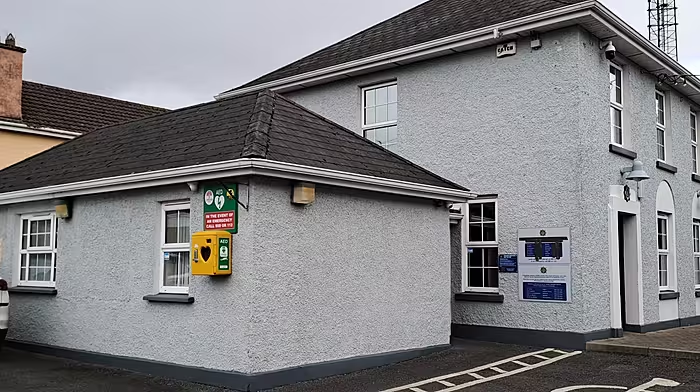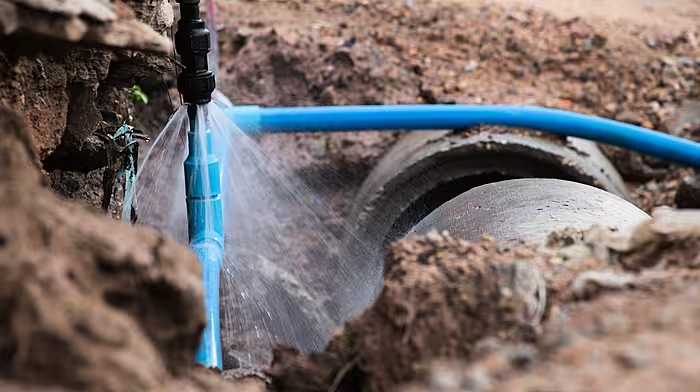By Tim Lombard
2019 will be remembered as the year in which Irish farmers reached a tipping point in the discussion on climate change. Rather than being blamed, farmers need to be part of the solution.
The agriculture sector, which accounts for 33% of Ireland’s emissions, compared with an EU average of 10%, is already confronting a period of profound change as it contemplates the prospect of the United Kingdom’s exit from the European Union, EU beef imports from Mercosur countries, low profitability in some activities and possible future reductions in the CAP budget.
With all the uncertainty, some farmers worry they are ill-prepared to overhaul their practices to cut greenhouse gas emissions. Juxtapose this with rural communities who are increasingly calling for balanced lower-carbon, low-polluting energy solutions.
Decarbonising agriculture is challenging, particularly as agri-food output is growing. Food Wise 2025 sets out a 10-year plan for the agri-food sector and includes an ambitious growth projection of a 65% increase in primary production to €10 billion.
Since the elimination of the milk quota system in 2015, the dairy industry has seen substantial growth, and this is expected to continue with increased energy usage from the dairy sector. This poses a challenge for Ireland in terms of reducing agricultural and energy emissions.
Biomethane
Production of biomethane from farm waste in anaerobic digestion (AD) plants has the potential to create a new rural enterprise for farmers, offer diversification of income for farms and community cooperative opportunities.
Emissions from agriculture come from a mixture of different sources including animal waste and the use of fertilisers. The production of biomethane through AD could address both of these issues.
Firstly, by using animal waste, e.g. slurry, as one of the feedstocks for the AD plant and, secondly, by using the digestate, a by-product of anaerobic digestion process, as a biofertiliser. Anaerobic digestion of food and agricultural wastes is the most environmentally-friendly and economical means of processing such wastes in comparison with Ireland’s current practices, including composting, landfill, exporting, land spreading and incineration.
There is only a handful of farm-based AD plants in Ireland. Recently, I visited a farm in Timoleague, which is developing a biogas production facility for the generation of renewable gas for the electric power, heat and transport industry. Using slurry and other agri-business waste in the process, the AD facility will process 48,000 tonnes of feedstock annually when fully developed.
In August, biomethane was injected into the gas network at a facility in Cush, Co Kildare. The biogas was produced in nearby Nurney at an anaerobic digester attached to the 3,000-sow pig farm of Billy Costello.
The AD plant uses pig slurry, and 2,000 tonnes of food waste each month to generate enough biomethane to power 500 homes. Unfortunately, without the necessary supports in place, the biomethane is sold across the border as there is a renewable energy feed-in tarriff (REFIT) in Northern Ireland.
Momentum is building however; the GRAZE Gas project, located in Mitchelstown, will involve the development of a Central Grid Injection (CGI) facility, through which renewable gas will enter the grid. The facility will enable the development of on-farm AD plants, which will supply the CGI plant.
This model will be similar to that used by dairy co-ops, gas will be transported by road, in special tankers, to the CGI facility. The Mitchelstown facility will have the capacity to support up to 20 farm-based AD plants within a 50km radius, and once operational, will provide enough energy to heat 54,000 homes.
Grassland
Ireland has the grassland potential to develop a biomethane industry sustainably, while meeting livestock and food harvest requirements. Various studies have reported that Ireland can produce more than enough grass to meet the demands of both agriculture and a biomethane industry.
By improving grassland management and production practices, it is estimated that the average surplus grassland resource could be increased to 12.2 million tonnes of DM per annum, even when allowing for Food Harvest 2020 targets. This is more than sufficient to meet Gas Networks Ireland’s biomethane target of 20%.
Currently, there is no government-funded support scheme available for renewable gas in Ireland. In order for Irish farmers to reap the benefits that anaerobic digestion and biomethane production can provide, there needs to be a support scheme put in place. State support is required to cover the price gap between wholesale natural gas and the cost of producing biomethane.
The Department of Communications, Climate Action and Environment has implemented the Support Scheme for Renewable Heat (SSRH) for air, ground and water source heat pump technology and biogas boilers, but this support scheme could be broadened to include biomethane grid injection. An appropriate support scheme for biomethane grid injection is critical for the development of biomethane projects in Ireland. Injecting biomethane into the gas grid means that this renewable source of energy can be used in different sectors.
In addition, the development of a standard for digestate is critical to ensuring that biomethane can make a further contribution to the circular economy. This means that the by-product of the biomethane production process can be used as a biofertiliser by farmers, further reducing the emissions impact of the life cycle renewable gas production process.
•Tim Lombard is a member of Seanad Éireann and a Fine Gael Dáil candidate for Cork South West in the forthcoming general election.








